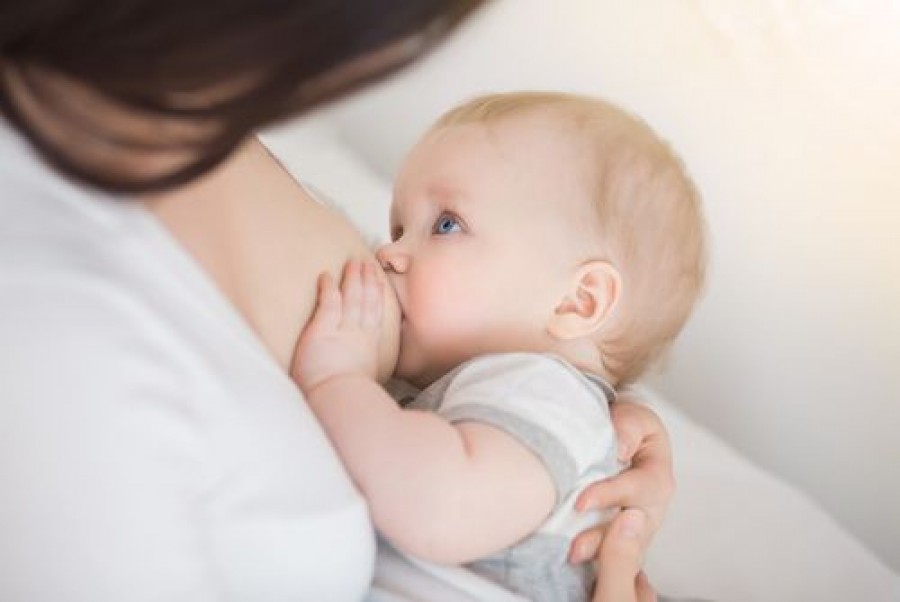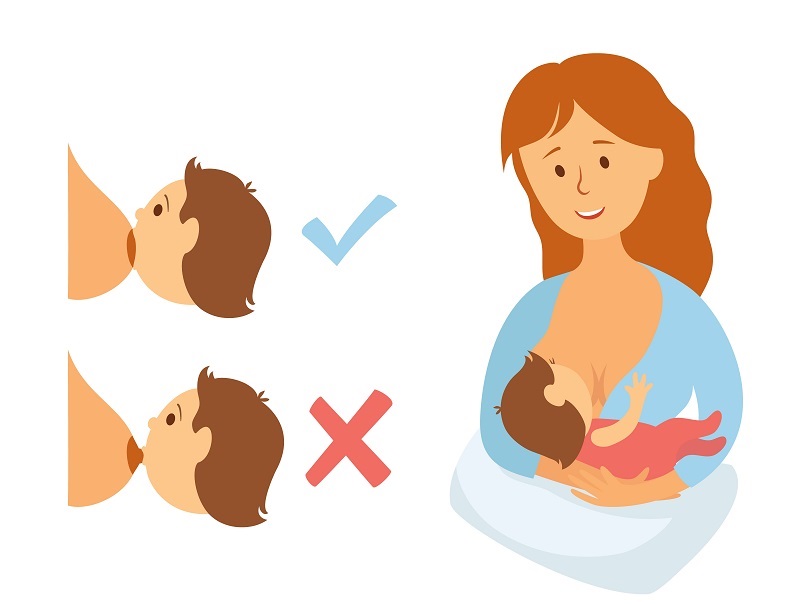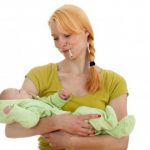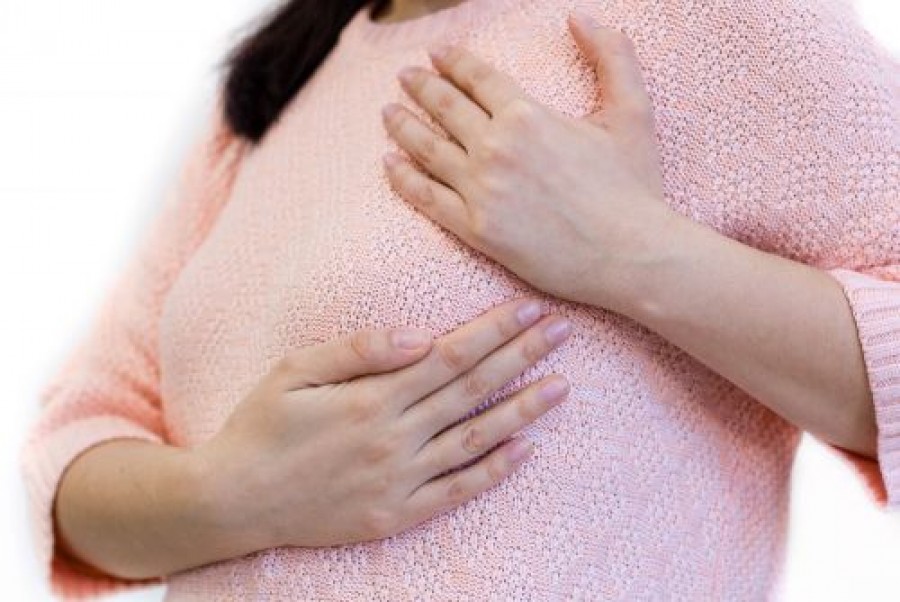Prevention and Care of Nipple Injuries due to Breastfeeding

Nipple pain during breastfeeding is a common complaint by lactating mothers. Although exclusive breastfeeding is highly recommended especially during the first 6 to 8 months of baby’s life, a large number of mothers discontinue breastfeeding earlier than they would have initially planned to because of nipple pains and nipple injuries.
However, since breastfeeding has great benefit, it is wise to be aware of the types, severity, prevention and treatment of nipple pains caused due to breastfeeding before giving up breastfeeding altogether.
Types of Nipple Pains
There are many different types of nipple pains caused due to breastfeeding and these different types vary in severity of pain. However, the two most common types of nipple pains due to breastfeeding include pains due to:
- Normal Nipple Sensitivity
- Nipple Injury
Nipples generally tend to get more sensitive during pregnancy and reach their sensitive peak approximately on the third or the fourth day post childbirth. It is therefore important for the breastfeeding mother to distinguish between nipple pains caused due to nipple injury and nipple pain caused due to normal nipple sensitivity.
Normal Nipple Sensitivity
Almost every breastfeeding mother goes through a feeling of discomfort in the initial days of breastfeeding. This feeling of discomfort or normal nipple sensitivity is considered to be a normal part of the breastfeeding process.
Nipple pain caused due to normal nipple sensitivity is normally mild in severity and usually goes down in intensity within 30 seconds to 1 minute post the beginning of suckling. And in most cases, nipple pain caused due to normal nipple sensitivity is expected to diminish approximately on the fourth day of breastfeeding and would normally completely resolve approximately week post childbirth.
Nipple Injury
As mentioned above, it is good for breastfeeding mothers to be able to distinguish between nipple pains caused due the nipple being normally sensitive to suckling and the nipple being injured because of baby bites, excessive suckling or other possible reasons.
The easy way to distinguish between the two types of nipple pains is the level of severity and the duration the pain lasts for. Pain caused due to nipple injury is usually more severe and intense. If severe nipple pains keep extending even after entire week post childbirth, the pain is most likely due to nipple injury.
Common Causes of Nipple Injuries While Breastfeeding
The most common cause of nipple injury is not following the right breastfeeding technique. Poor positioning or latch-on in particular is the major cause of most nipple injuries. When a baby is unable to achieve a proper suckling position, it can result in wearing, bruising, blistering or cracking of nipples.
Other causes of nipple injuries include:
- Using irritating products
- Cleansing your nipple harshly
- Infant biting
- Bacterial Infections
- Plugged ducts etc.
Prevention of Nipple Injuries due to Breastfeeding
As they say, prevention is definitely better than cure and learning how to prevent your nipples from getting injured during breastfeeding is important for both the mother and the baby.
Breastfeeding is a wonderful phase of life; it has great benefits especially in creating a beautiful bond between the mother and the baby. However, not taking preventive care of your nipples during breastfeeding can deprive both the mother and the baby from this amazing phase of maternity. Below described are measures to prevent nipple injuries:
Proper positioning and Latch:
This is the first and the most effective technique of preventing nipple injuries due to breastfeeding. To learn more about top 5 most comfortable breastfeeding positions read here.

Avoid Excessive Nipple Moisture and allowing air dry:
Not allowing excessive moisture on the nipples is another good technique to prevent nipple injuries. Further, it is ideal for nipple to always air dry rather than using a piece of cloth, wipes etc. which rub against the nipple and may slowly lead towards nipple injuries. Also, avoid using irritating nipple cleansers.
Nipple abnormalities to be checked by the doctor:
If you feel any abnormalities in your nipples, especially during the prenatal period, it is best to bring that to the notice of your doctor/health professional/lactation consultant straight away. There are nipple abnormalities in some women, such as inverted nipples, that may cause nipple injuries while breastfeeding and hence need to be checked by the doctor for treatment.
Awareness of Baby’s oral abnormalities:
Some babies are born with oral cavity birth defect which doesn’t allow the infant to have a proper latch-on of the mother’s breast resulting in nipple injuries while breastfeeding. One such oral cavity birth defect in infants in called ankylogossia. Such oral cavity defects should be evaluated and treated by the doctors at birth time to prevent possible damage to mother’s nipples during breastfeeding.
Engorgement Guidance:
Engorgement is when the mother produces more milk than is consumed by her baby. Engorgement causes a build-up of milk and blood tissues in the breast which may cause breast and nipple pains. Guidance on engorgement is a preventive measure of nipple pains and nipple injuries.
Care and Treatment for Nipple Injuries during Breastfeeding
Improving Positioning and Latch-on:
Regular monitoring or ideally, assessment of the breastfeeding positioning or latch-on should be checked by your doctor/lactation consultant.
Allowing wound to heal:
If the nipple appears to be bruised, worn or cracked, it is best to get it treated by your doctor. According to the level of severity, your doctor might apply an antibiotic ointment on the affected areas of the nipple and cover the nipple with a non-stick pad to allow the wounded nipple to heal.
Infected Nipples:
Many a times, the reason for nipple pains could be a bacterial nipple infection. Bacterial infections are common during breastfeeding if proper breastfeeding hygiene practice is not followed. If your nipple injury seems to be due to a bacterial infection, your doctor will analyse the situation and will check for the presence of bacteria and will treat accordingly.
Warm or Cool Compresses:
Applying expressed milk on the nipples followed by warm and cool compresses of the nipples is also a common treatment of injured painful nipples. However, this is only applicable in mild pain scenarios.
Rotation between breastfeeding and feeding expressed milk:
Since nipple injuries is a natural process, and the benefits of breastfeeding is enough to make mothers want to continue regardless of the pains, some mothers use the technique of rotating between breastfeeding and feeding expressed breastmilk. This allows time for the injured nipples to heal and also allows the mother to continue breastfeeding when the intensity of the nipple pains diminishes.
You May Also Like
Most Viewed
-
5 Common Methods of Contraception
Last updated On by Percy Oad -
How to Cope with Male Infertility
Last updated On by Alina -
What is the Difference Between Primary and Secondary Infertility?
Last updated On by Madison -
How to start a child-free life after infertility
Last updated On by Jacinta








